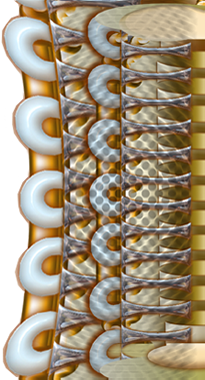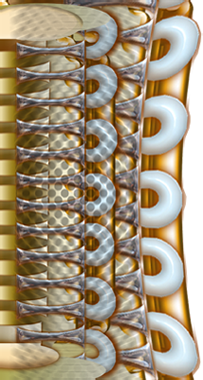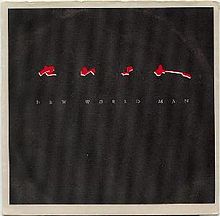| You are not logged in. | login to customize your own personal play list |
“New World Man” by Rush |
| United States Federal Trade Commission forbids anyone under 13 from viewing these music videos! I want another random song. |
| You are not logged in. | login to customize your own personal play list |
“New World Man” by Rush |
| United States Federal Trade Commission forbids anyone under 13 from viewing these music videos! I want another random song. |
 |
 |
 |
 |
 |
|
 |
   |
 |
song info
 “New World Man” by Rush (live video from the Grace Under Pressure tour) is a progressive rock song. Rush’s only American Top 40 hit (#21 on Billboard Oct and Nov 1982). Also reached number one on the Mainstream Rock Tracks Chart for two weeks. Song Title: New World Man (live)Artist: Rush Album: Signals Genre: progressive rock classic rock Canada Composer: Copyright © 1982 Neil Peart, Geddy Lee, Alex Lifeson Lead Vocals: Geddy Lee Guitar: Alex Lifeson (Fender Stratocaster) Bass Guitar: Geddy Lee Drums: Neil Peart (Tama drums, Avedis Zildjian cymbals, Wuhan China type cymbals) Percussion: Neil Peart Producer: Rush, Terry Brown Released: 1982 Label: Mercury Number of listens: 33602 Geddy Lee (from Success Under Pressure): “It wouldn’t have been on the record if we didn’t have four minutes space available. We tend to have pretty strict ideas on how long an album should be and basically it’s just a matter of value. Our shortest albums are about 18 minutes a side and that’s a pretty good value. I couldn’t see us going below that; it doesn’t make sense to me. But, at the same time, we’re now recording digitally and so we do have certain considerations as to how the whole thing’s going to sound when you cut it. There, you’re dealing with quality, which is again down to value for money. I think what it really boiled down to was that we’d worked so hard getting all these slick sounds that we were all in the mood to put something down that was real spontaneous. In the end, the whole song took one day to write and record. It’s good to put something together like that.” Public Comments: link to the static song information page for this song:
|
||
This music player is available as open source code. Everyone can build their own personal free and legal music player. This source code is free for any legal non-commercial and/or non-profit and/or educational and/or private purpose. This open source player is courtesy of This Side of Sanity (ThisSideofSanity.com) and OSdata (OSdata.com).
Build your own player. Avoid the hassles and fees of commercial music services. Let there be a million free and independent music players on the web. Strongly suggest building players dedicated to specific kinds of music. Notify me of the location (URL) and specialties of your custom player.
Proverb:Every bird flies with its own wings. —Kenyan Proverb |

Green Orange archive
totals
michaelm
Enjoy the This Side of Sanity website Twitter feed.
Enjoy the This Side of Sanity Twitter feed.

If you spot an error in fact, grammar, syntax, or spelling, or a broken link, or have additional information, commentary, or constructive criticism, please contact Milo at PO Box 5237, Balboa Island, Calif, 92662, USA.
Copyright © 2011, 2012, 2013 Milo. All rights reserved. Todos Derechos Reservados. The copyrights on all source code and the data base belong to Milo and are used on this web site by permission.